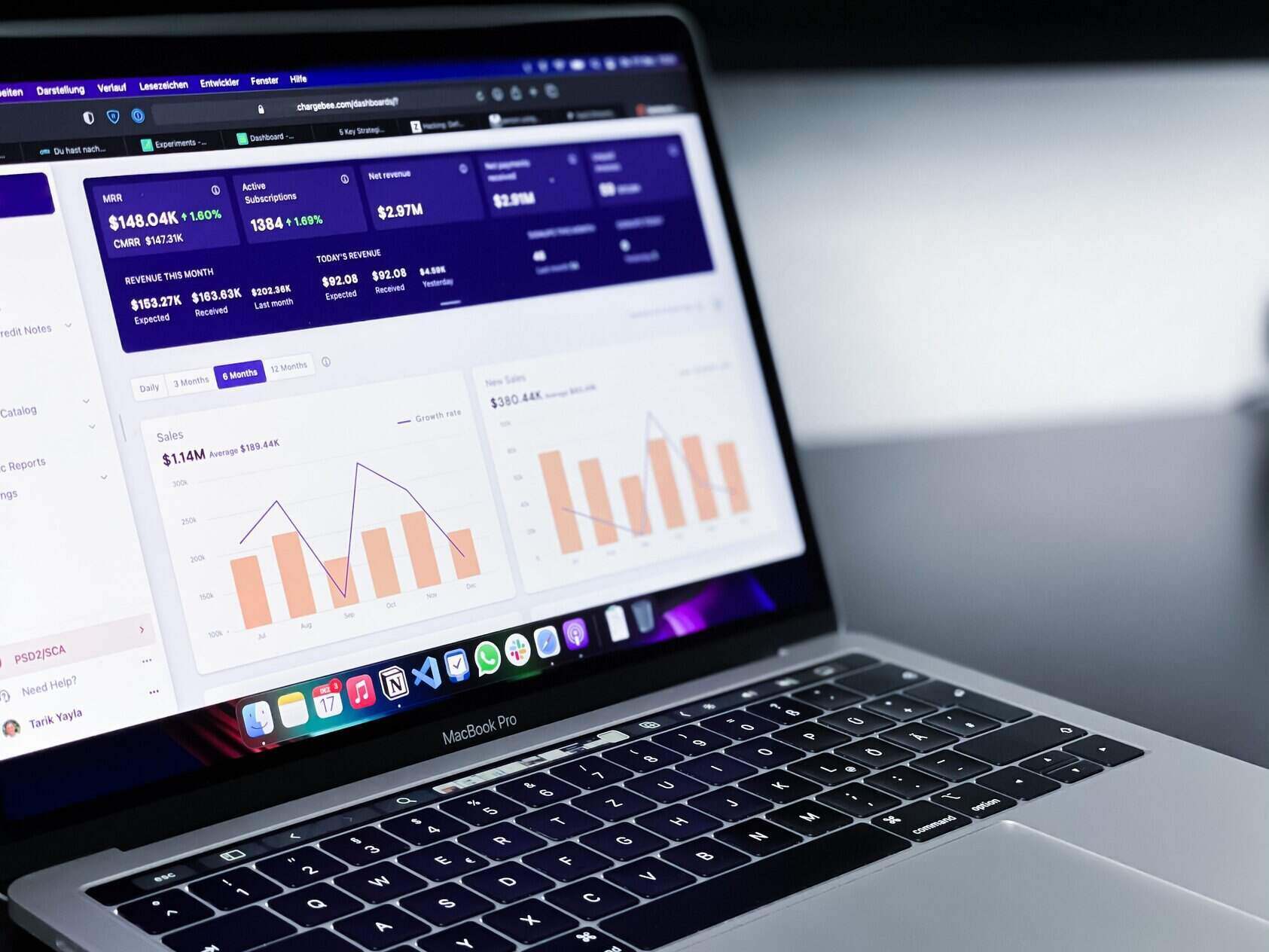
Marketing analytics is crucial for successful marketing strategies. It helps businesses make informed decisions, optimize campaigns, and drive growth in today’s data-driven world.
What is marketing analytics?
Marketing analytics involves collecting, measuring, analyzing, and interpreting data on marketing performance. It includes various metrics and tools that help businesses assess the effectiveness of their marketing efforts. The insights gained from marketing analytics inform data-driven decision-making and strategy refinement.
Website traffic
Metrics like website visits, unique visitors, and pageviews help assess the volume and behavior of website traffic. Tracking traffic sources (organic search, social media, email, etc.) reveals which channels drive the most visitors.
Conversion rate
Conversion rate is a metric that shows the percentage of website visitors who complete a desired action. This action can include making a purchase, signing up for something, or downloading content. It is a measure of how well landing pages and calls to action are performing.
Customer Acquisition Cost (CAC)
CAC calculates how much it costs to acquire a new customer through marketing efforts. Lowering CAC while maintaining quality is a key goal.
Customer Lifetime Value (CLV)
CLV, or customer lifetime value, is a metric that predicts the total revenue a customer will bring to a business over their entire relationship. It plays a crucial role in determining strategies for customer retention and loyalty programs.
Click-Through rate (CTR)
CTR is a measure that is used to gauge the effectiveness of a marketing message by calculating the percentage of individuals who click on a link, such as in an email or advertisement. It indicates the effectiveness of messaging and design.
Return on Investment (ROI)
ROI assesses the profitability of marketing campaigns by comparing the gains (revenue) to the costs (marketing spend). A positive ROI indicates a successful campaign.
Churn rate
The churn rate is the percentage of customers who stop using a product or service in a specific time frame. High churn rates may indicate problems with customer satisfaction or product quality.
Customer segmentation
Segmenting customers based on demographics, behavior, or preferences helps tailor marketing efforts for maximum impact. It enables personalized messaging and product recommendations.
Performance evaluation
It provides a comprehensive view of marketing performance, helping businesses identify what’s working and what needs improvement.
Data-driven decision-making
By analyzing data, businesses can make informed decisions on budget allocation, campaign optimization, and target audience selection.
Customer insights
Marketing analytics helps understand customer behavior, preferences, and pain points. Businesses can use this knowledge to create customer-centric strategies.
Competitor benchmarking
Analyzing the marketing efforts of competitors provides valuable insights into industry trends and areas where a brand can gain a competitive edge.
Predictive analytics
Advanced marketing analytics techniques can forecast future trends and customer behavior, enabling proactive marketing strategies.
Setting clear objectives
Define specific goals and key performance indicators (KPIs) for all marketing campaigns. Clear objectives make it easier to measure success.
Selecting the right tools
Choose marketing analytics tools that align with the business’s needs and budget. Popular options include Google Analytics, Adobe Analytics, and marketing automation platforms.
A/B testing
Implement A/B tests to compare the performance of different marketing elements (e.g., email subject lines, ad creatives). Data from A/B tests informs optimization strategies.
Investing in training
Provide training for marketing teams to ensure they can effectively use analytics tools and interpret data. Data literacy is a valuable skill in today’s marketing landscape.
Data privacy compliance
Stay compliant with data privacy regulations (e.g., GDPR, CCPA) when collecting and analyzing customer data. Protecting customer privacy is essential for trust-building.
